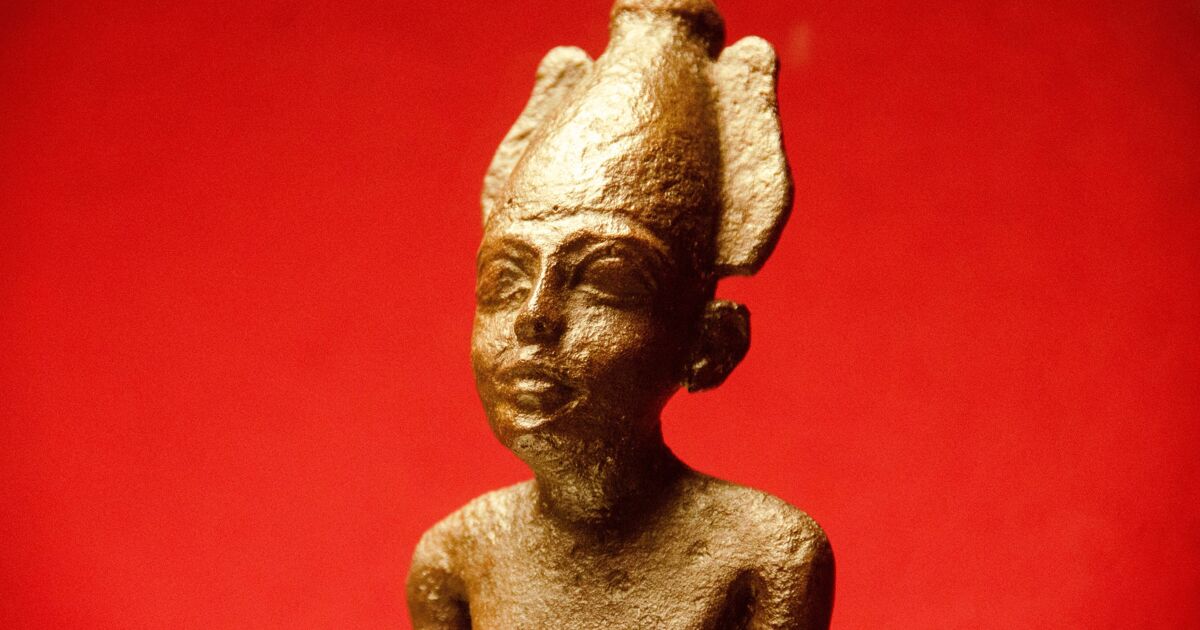
"Long before borders and scripture, this place told stories where thunder desired and love remade the world. By the Bronze Age, in what became ancient Canaan-whose Indigenous culture is most remembered in the early history of Palestine and the Levant-queerness was divine. Melqart, the storm god of the sea, embodied beauty and power. His beloved Eshmun, a mortal healer, became immortal when he died and was reborn through Melqart's grief. Each spring's return marked their reunion."
"Those festivals were theatre and theology at once. Priests and temple attendants lined their eyes with kohl, draped themselves in fine clothes, and reenacted the lovers' return. Among them were gallim-eunuch-priests of Astarte and Atargatis -whose voices rose in song as they danced through states of divine possession. Midway through the rites, they shed one set of garments for another: linen robes revealing jeweled belts, veils turning into crowns, their bodies shifting between feminine and masculine adornment."
Ancient Levantine societies embraced gender variance within religious life, portraying queerness as sacred and integral. Bronze Age myths celebrated deities and mortal lovers whose devotion enacted cycles of death and rebirth, with Melqart and Eshmun exemplifying this theme. Public festivals blended performance and worship, featuring kohl-lined priests, eunuch attendants, and ritualized possession through song and dance. Participants shifted garments to signal transitions between masculine and feminine presentation, making transformation a core liturgical act. Coastal musicians composed ritual songs for communal rites and celebrations, and material culture preserves evidence of these embodied devotional practices.
Read at LGBTQ Nation
Unable to calculate read time
Collection
[
|
...
]